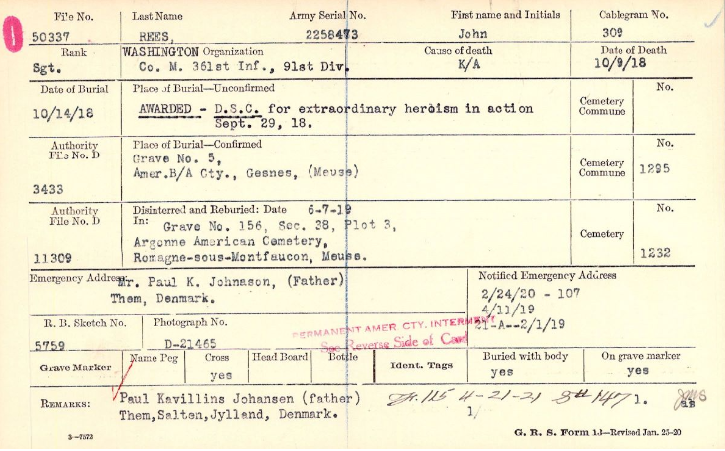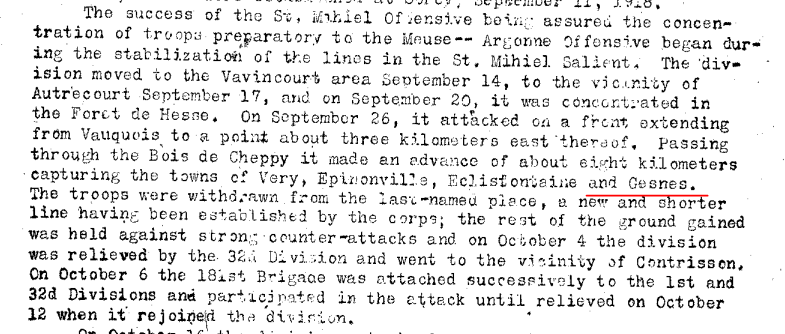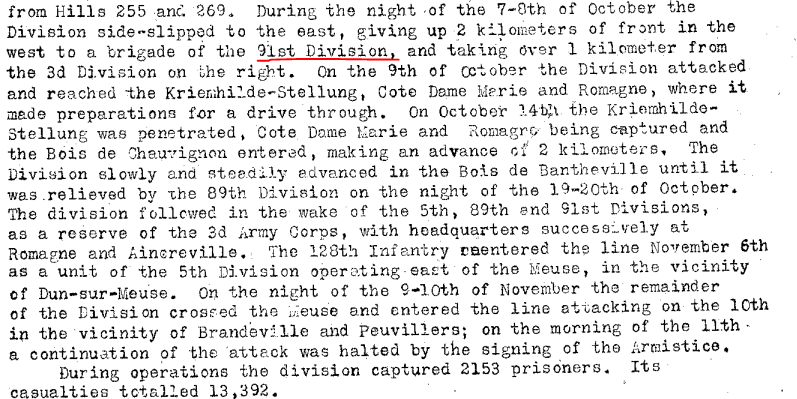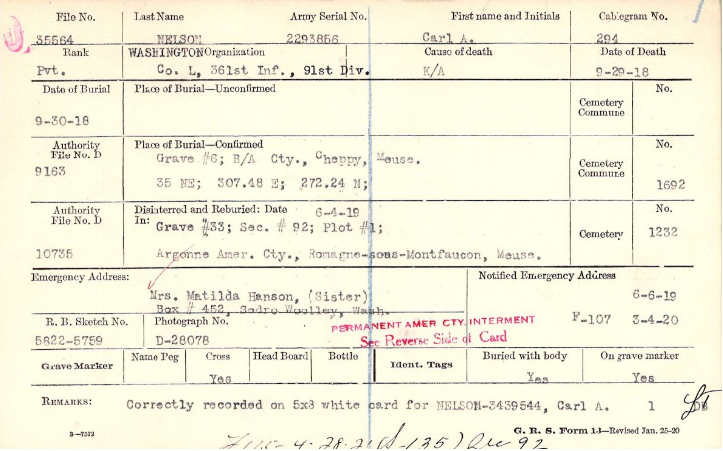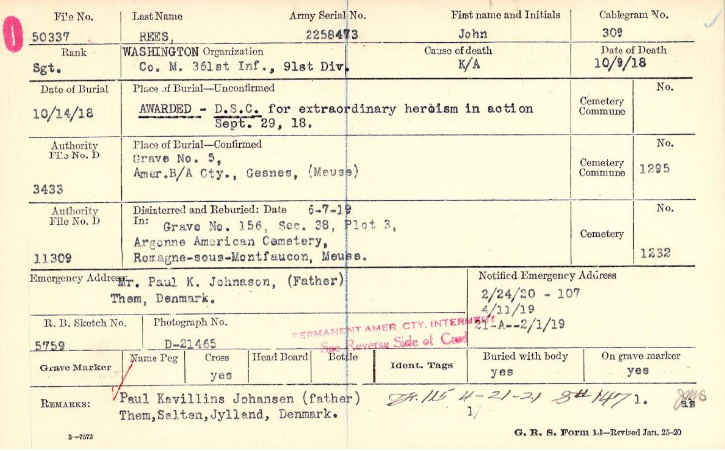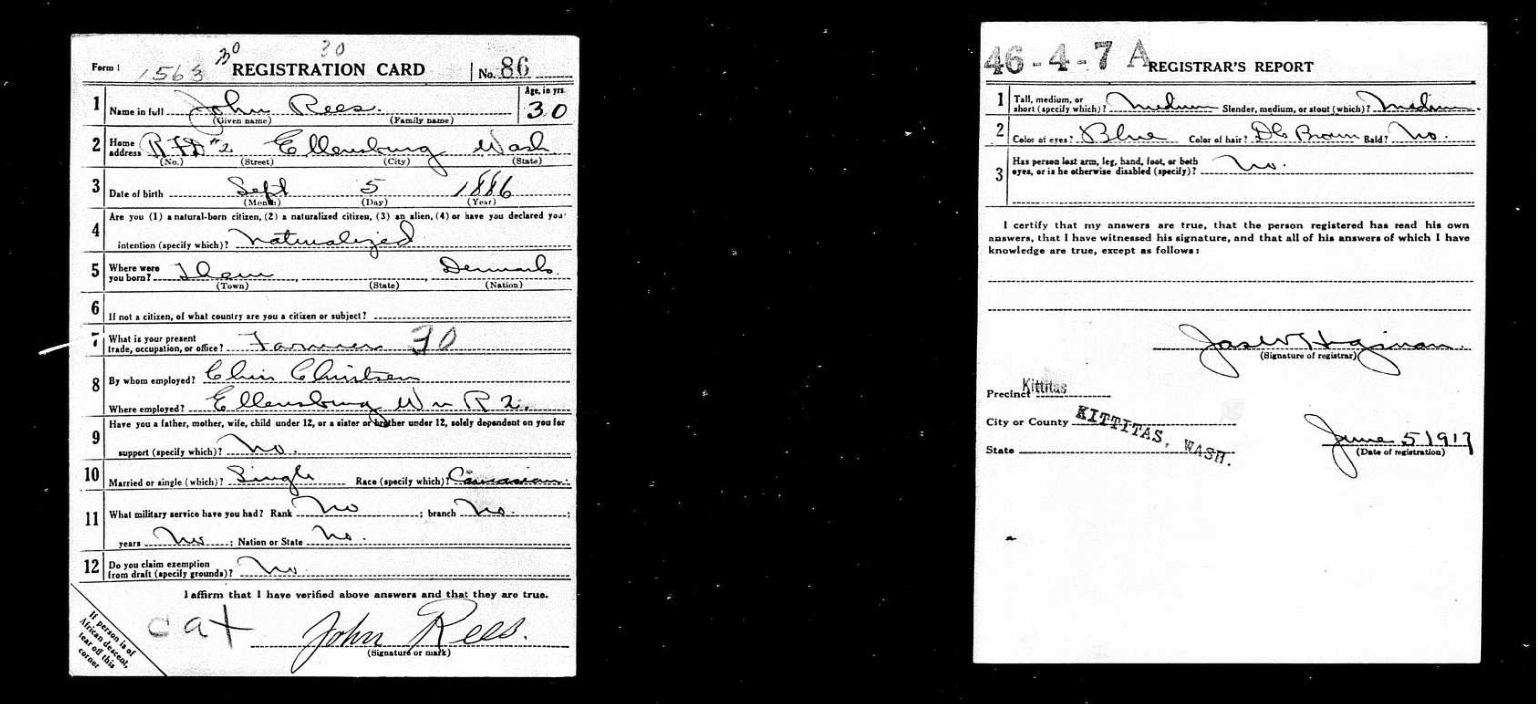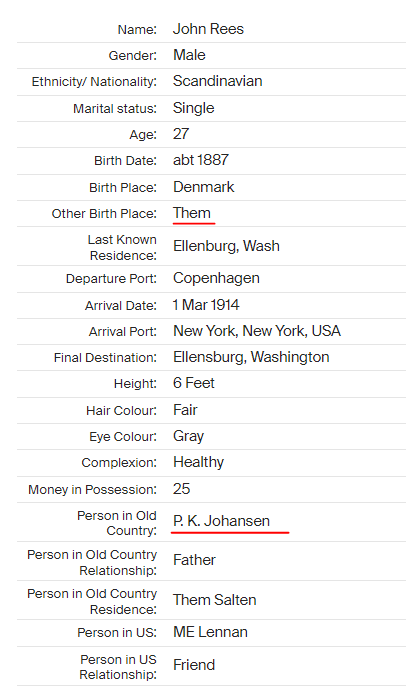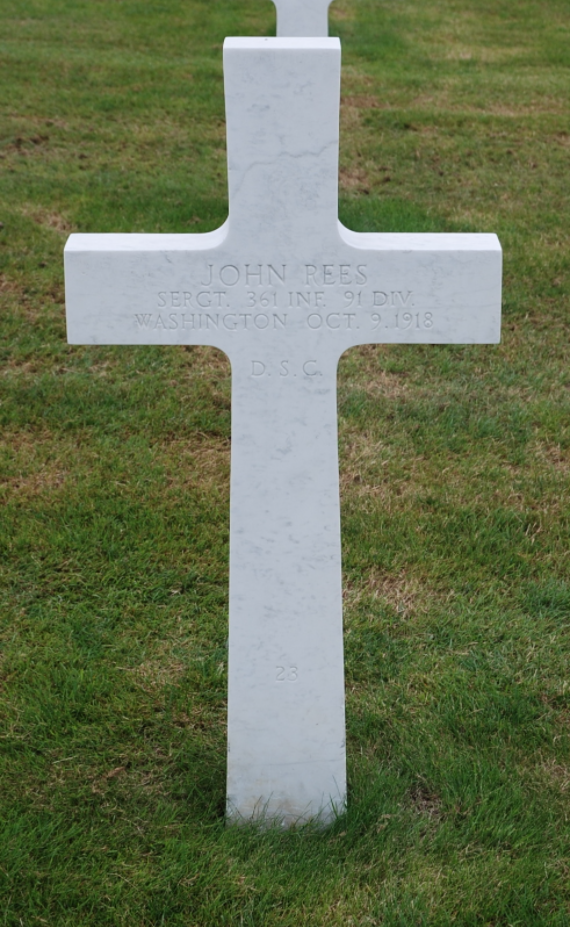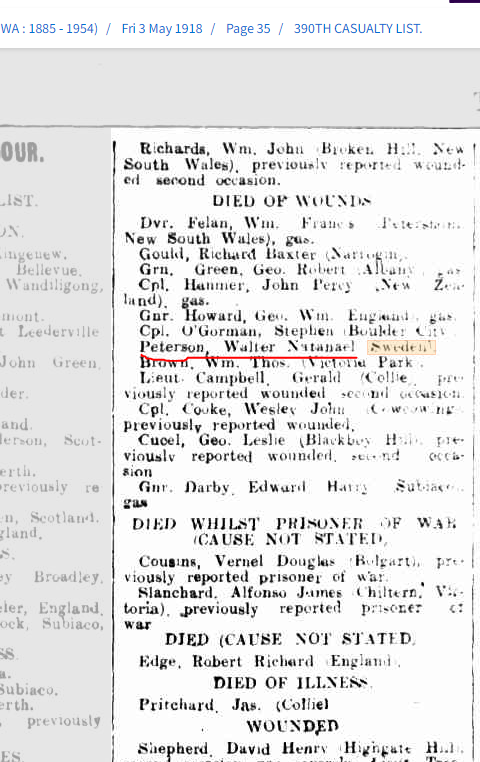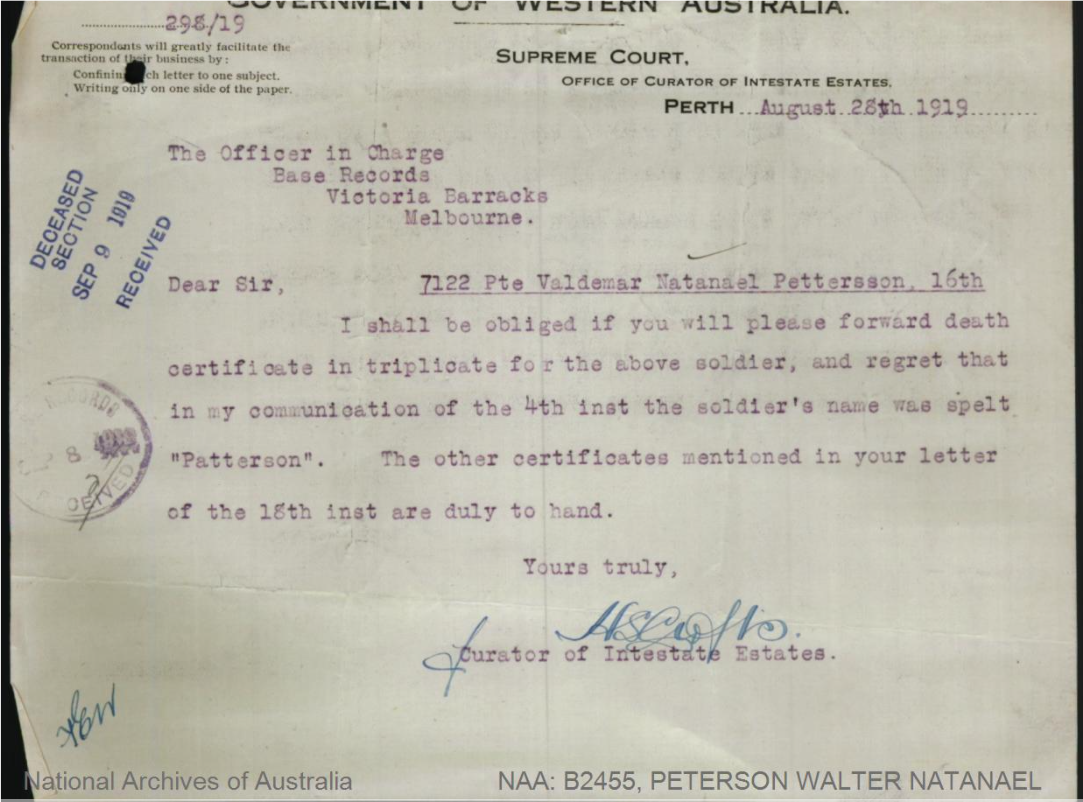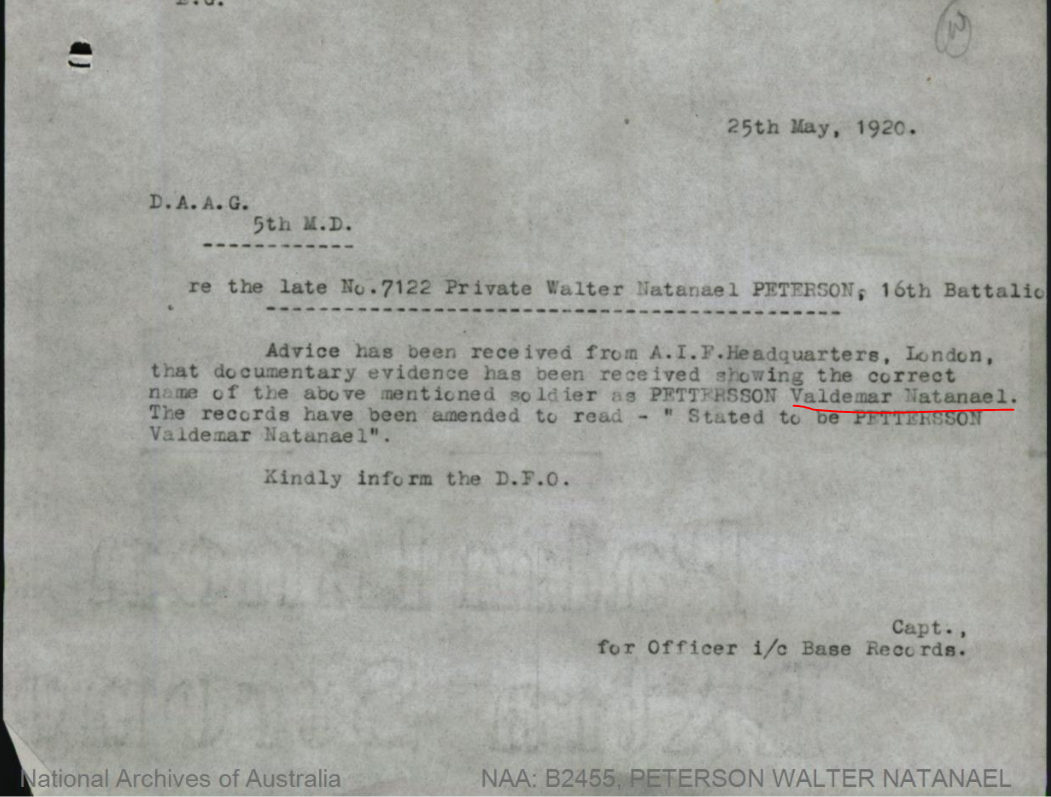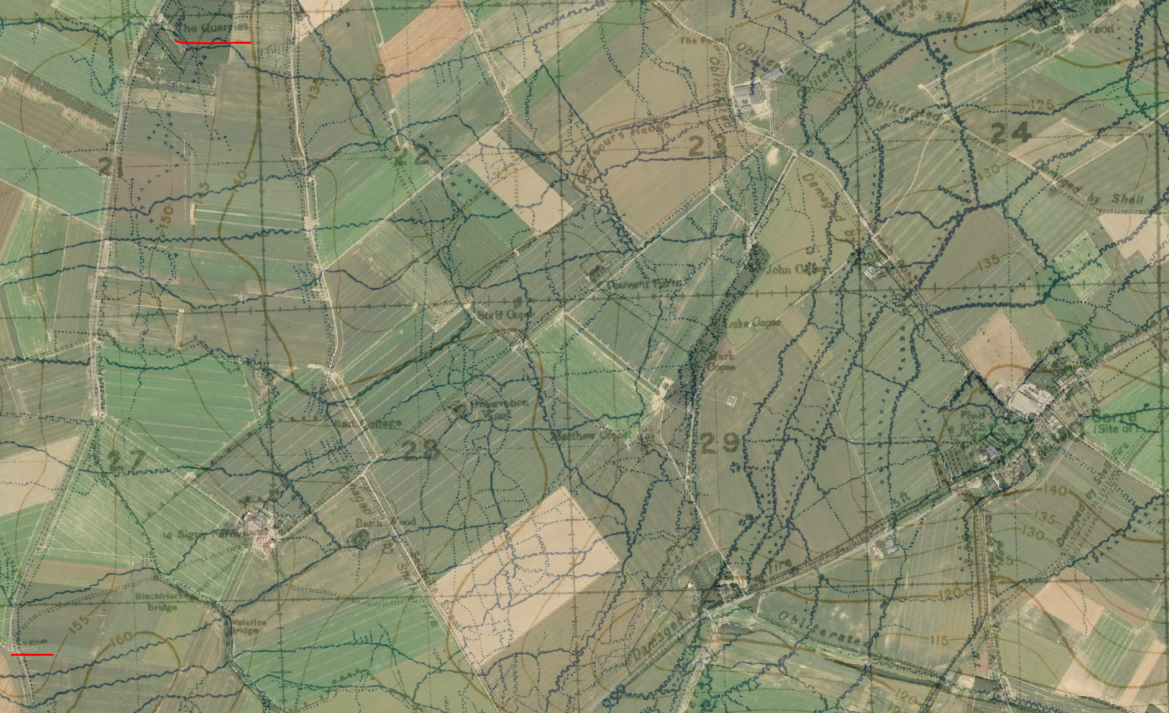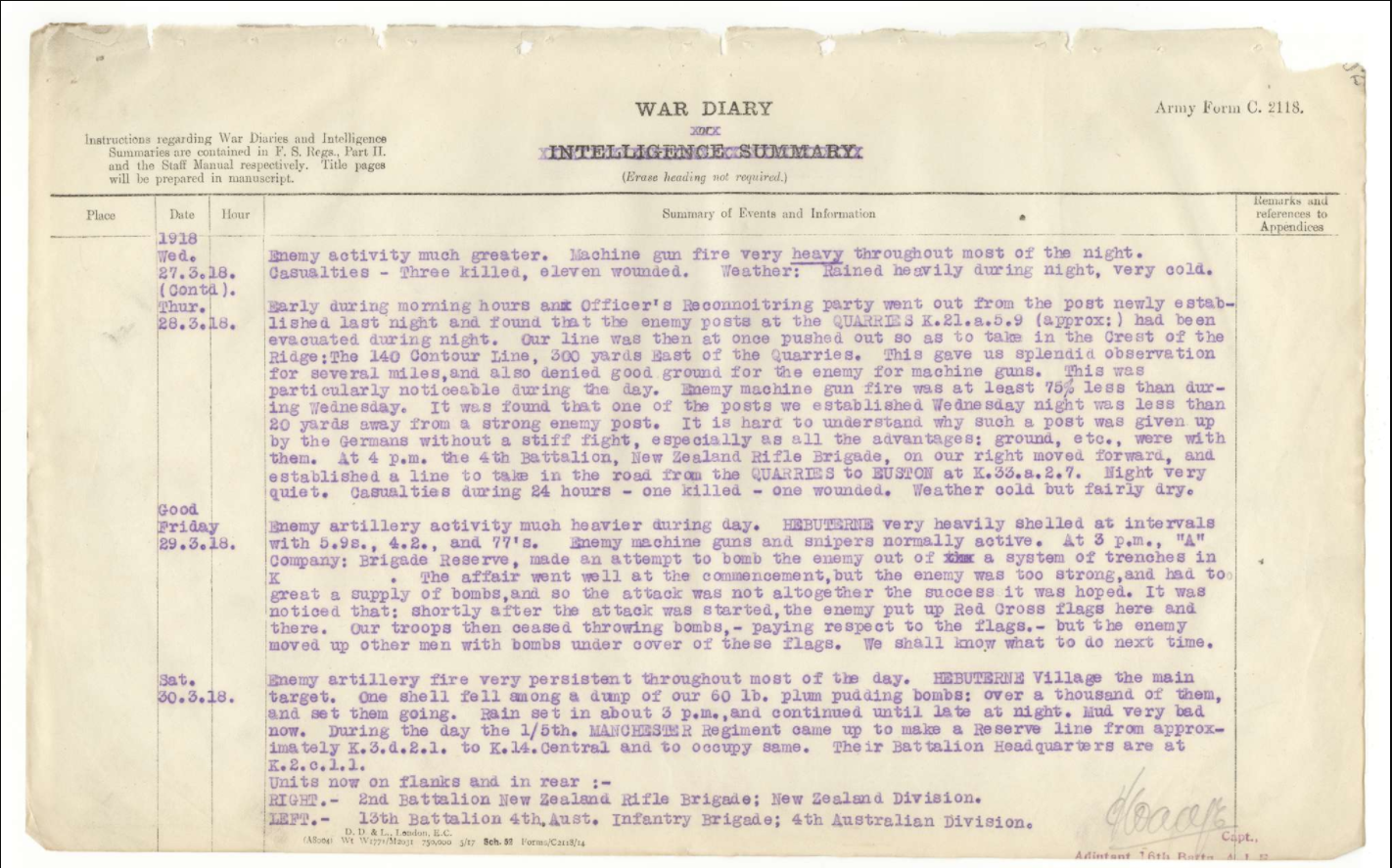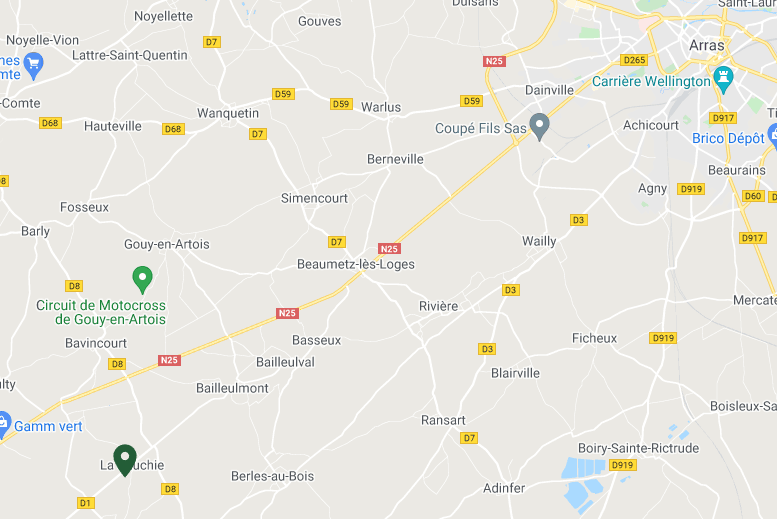In my research I cover Swedish born soldiers, but quite often I find other soldiers who are born in other Nordic countries, and it is always interesting to put the data that I have found into a context which makes the events more interesting from a historical perspective.
Like in this case. I was skimming through some casaulty cards from those who fell in the Great War when they fought for the American Expeditionary Forces.
I found this card from a Danish born soldier, John Rees. The thing that cought my eye was the short description about his bravery in battle.
He was awarded for extraordinary heroism in action, September 29, 1918, when he fought in the Meuse-Argonne Offensive. He survived the specific situation, but could have been part of those who supported 32nd Division in the area around the German Kriemhilde-Stellung, when he fell in October 9, 1918.
For his actions he received the Distinguished Service Cross, and the the words below is attached to this recognition.
In my mind I ask myself if any of those Swedish born soldiers, who also fought the same day as John Rees, and also in the same unit, 91st Division, 361st Regiment, AEF, knew about eachother. Maybe they participated in the same attacks, in the area south of Gegnes, and saw or heard any of those heroic actions John Rees went through? Sadly those Swedes fell in the situation that day of September 29, 1918.
Those three Swedes were Carl A Nelson, Carl M Carlson and Claus E Nygren. Below you see a screenshot from my project at Google Earth, where the unit is assessed to have been that day.
There are some documents that connects John Rees to Denmark, and I have found them on Ancestry. There is also some deviating facts in these archives, and these wrong facts are later on transferred to other sites, which makes it a bit difficult to confirm the data. His father’s name is mentioned on the casualty card, which I also find the facts about emigration. the The Danish town of Them in Salten, Jutland, Denmark, just south of the town of Silkeborg is also mentioned. It looks like he left Denmark from Copenhagen in 1914.
John Rees is buried at the American Cemetery in Meuse-Argonne Below there is a photo of John, and in some archives this photo is connected to his name, but I can’t fully confirm this.
We will never know if this Dane knew any of those Swedes who fought together that day, but may all of these Nordic soldiers rest in peace.

